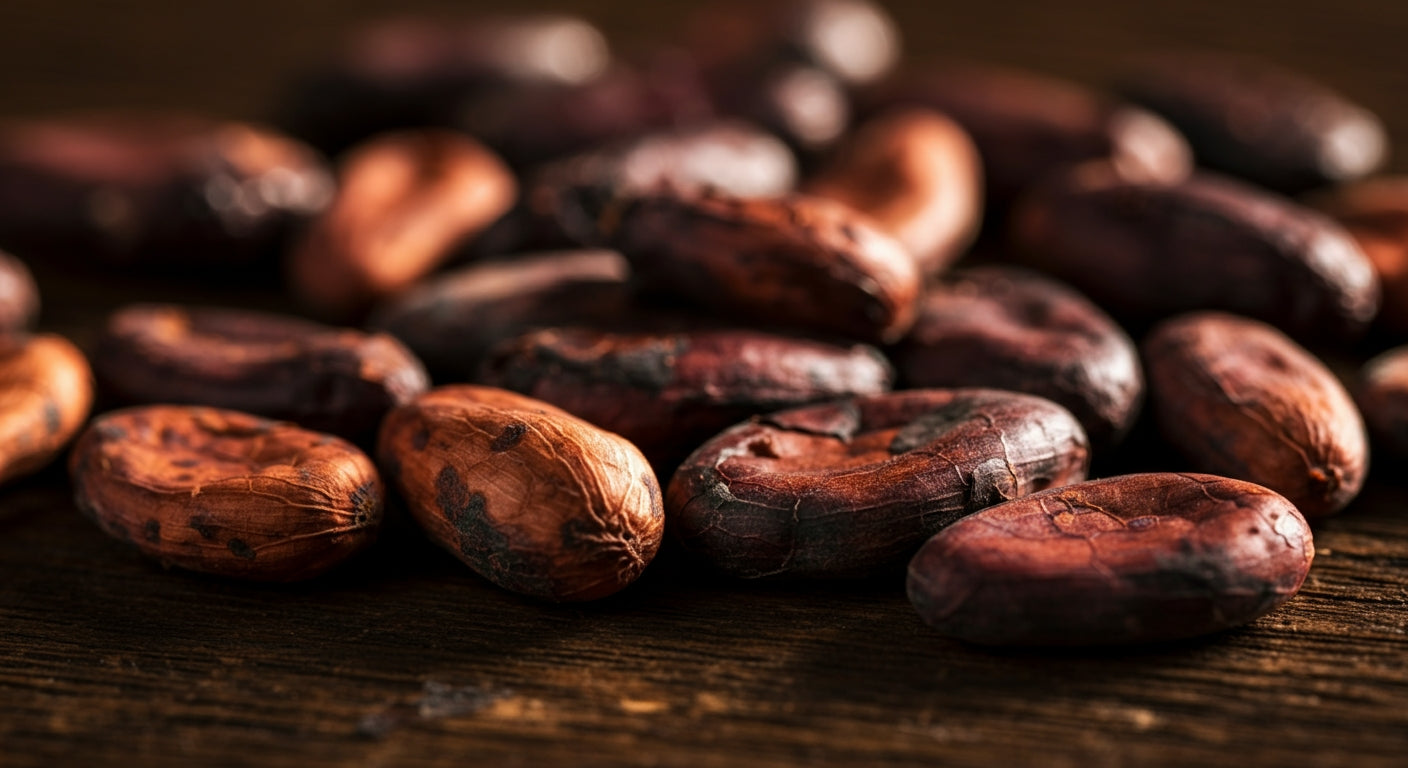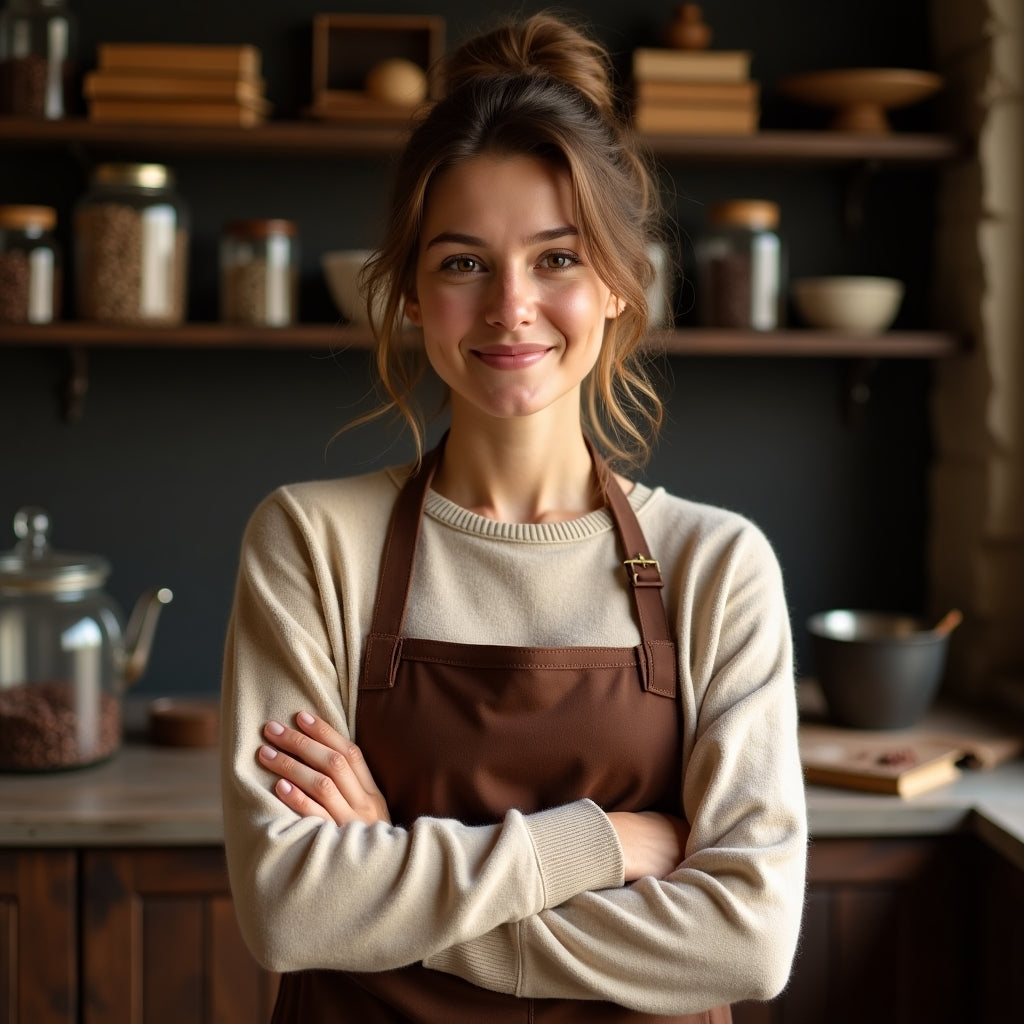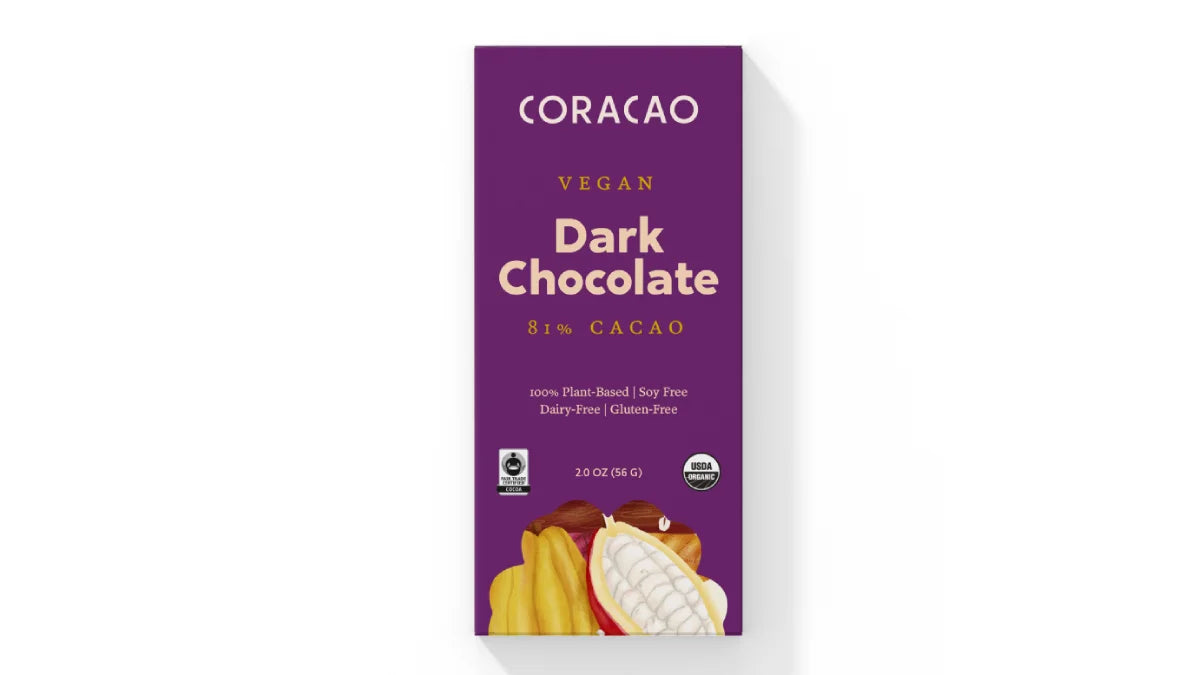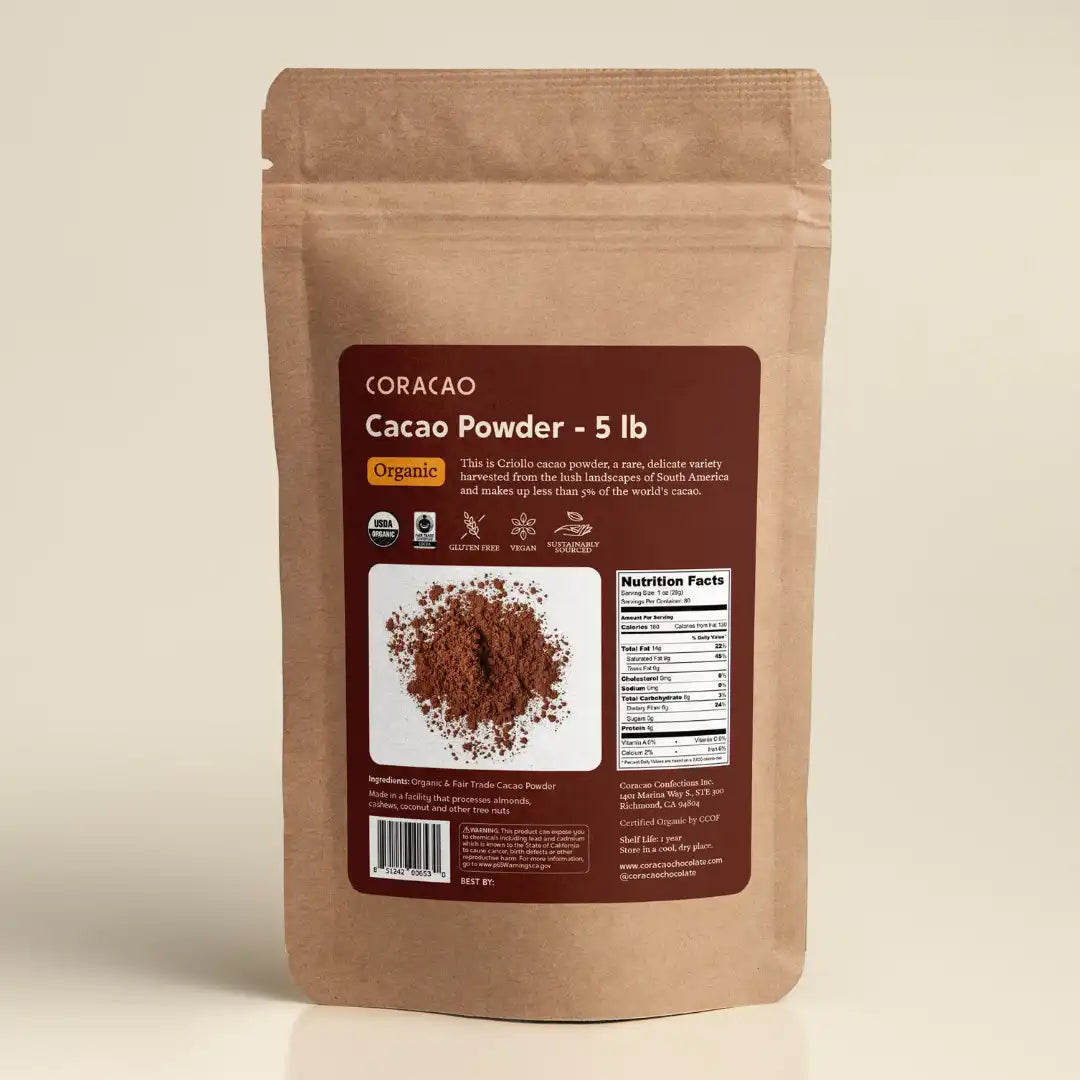
Cocoa Beans: The Ultimate Guide to Chocolate's Foundation
What Are Cocoa Beans and Why They Matter for Premium Chocolate
Cocoa beans serve as the fundamental ingredient in all chocolate products, from the simplest dark chocolate bar to the most elaborate confections. These precious seeds come from the cacao tree (Theobroma cacao), which literally translates to "food of the gods" in Greek. For chocolate lovers and conscious consumers alike, understanding cocoa beans helps appreciate the complex journey from tropical farms to delectable treats like those crafted at Coracao Confections.

The quality of cocoa beans directly impacts the flavor, texture, and nutritional value of the final chocolate product. When companies like Coracao Confections choose organic, fair-trade cocoa beans, they're not just selecting an ingredient – they're making a commitment to superior taste, environmental sustainability, and ethical farming practices.
The Different Types of Cocoa Beans You Should Know
Criollo: The Rare and Refined
Criollo cocoa beans represent only 5% of global production, making them the most sought-after variety among premium chocolate makers. These beans produce chocolate with complex flavor profiles, often featuring notes of nuts, caramel, and subtle fruit undertones. Their delicate nature requires careful cultivation, which explains their rarity and higher price point.
Forastero: The Reliable Workhorse
Forastero cocoa beans account for approximately 80% of the world's cocoa production. While often considered less refined than Criollo, high-quality Forastero beans can produce excellent chocolate with robust, classic chocolate flavors. These hardy trees resist diseases better and yield more pods, making them crucial for sustainable chocolate production.
Trinitario: The Perfect Hybrid
Trinitario cocoa beans combine the best qualities of Criollo and Forastero varieties. This hybrid offers the disease resistance of Forastero with flavor complexity approaching that of Criollo. Many premium chocolate makers, including those focused on organic vegan chocolate production, favor Trinitario beans for their balanced characteristics.

How Cocoa Beans Transform Into Chocolate: The Essential Process
Harvesting and Fermentation
The journey of cocoa beans begins with careful harvesting of ripe cacao pods. Farmers must judge the perfect moment for harvest, as timing significantly affects flavor development. Once opened, the beans and surrounding pulp undergo fermentation for 5-7 days. This crucial step develops the precursor flavors that will later emerge during roasting.
Drying and Quality Selection
After fermentation, cocoa beans must dry to approximately 7% moisture content. This process typically takes 5-10 days under the sun, though some regions use mechanical dryers during rainy seasons. Quality control at this stage involves removing defective beans and foreign materials, ensuring only the best beans continue to processing.
Roasting: Where Magic Happens
Roasting cocoa beans develops their characteristic chocolate flavor through complex chemical reactions. Temperature and duration vary depending on bean origin and desired flavor profile. Artisanal chocolate makers carefully control these parameters to highlight specific flavor notes while avoiding over-roasting, which can introduce unwanted bitterness.
The Nutritional Powerhouse Hidden in Cocoa Beans
Antioxidant Properties
Cocoa beans contain more antioxidants per gram than most superfoods, including blueberries and acai berries. These compounds, particularly flavonoids and polyphenols, help combat oxidative stress in the body. When you choose products like Coracao's Berkeley Bar, you're getting these benefits in their most potent form.
Essential Minerals
Raw cocoa beans provide significant amounts of:
- Magnesium for muscle and nerve function
- Iron for oxygen transport
- Zinc for immune support
- Copper for heart health
- Manganese for bone development
Mood-Enhancing Compounds
Cocoa beans naturally contain several compounds that positively affect mood and cognitive function:
- Theobromine for gentle, sustained energy
- Phenylethylamine (PEA) for mood elevation
- Anandamide, known as the "bliss molecule"
- Tryptophan, a precursor to serotonin
Sustainable and Ethical Sourcing of Cocoa Beans
Fair Trade Certification Importance
Fair trade cocoa beans ensure farmers receive fair compensation for their labor-intensive work. This certification guarantees minimum price floors, protecting farmers from market volatility. Additionally, fair trade premiums fund community development projects, improving education, healthcare, and infrastructure in cocoa-growing regions.
Organic Cultivation Methods
Organic cocoa beans come from trees grown without synthetic pesticides, herbicides, or fertilizers. This approach preserves soil health, protects biodiversity, and ensures the final chocolate products remain free from harmful chemical residues. Companies committed to organic practices, like Coracao Confections with their Sugar Free Chocolate Bar Bundle, prioritize both consumer health and environmental sustainability.
Climate Impact and Carbon Neutrality
Cacao trees naturally sequester carbon and can thrive in agroforestry systems that preserve rainforest canopy. Progressive chocolate companies increasingly focus on climate-neutral operations, from sourcing through production and packaging. This holistic approach ensures cocoa beans contribute to environmental solutions rather than problems.
How to Identify Quality Cocoa Beans in Your Chocolate
Visual Indicators
High-quality cocoa beans, even after processing into chocolate, leave telltale signs:
- Rich, deep color without gray bloom
- Smooth texture when properly tempered
- Clean snap when breaking chocolate bars
- Absence of white spots or streaks
Flavor Complexity
Premium cocoa beans produce chocolate with:
- Multiple flavor notes beyond simple sweetness
- Long-lasting taste that evolves on the palate
- Absence of artificial or chemical aftertastes
- Natural sweetness even in high-percentage dark chocolate
Label Reading Skills
When selecting chocolate products, look for:
- Specific origin information (country, region, or estate)
- Cacao percentage clearly stated
- Minimal, recognizable ingredients
- Certifications for organic and fair trade practices
The Future of Cocoa Beans: Innovations and Challenges
Climate Change Adaptation
Rising temperatures and changing rainfall patterns threaten traditional cocoa-growing regions. Scientists and farmers collaborate to develop climate-resistant varieties while preserving flavor quality. Some innovations include shade-grown systems and water conservation techniques that benefit both trees and surrounding ecosystems.
Flavor Development Technologies
Modern chocolate makers employ various techniques to enhance cocoa bean flavors:
- Controlled fermentation protocols
- Precision roasting equipment
- Alternative processing methods like raw chocolate
- Innovative grinding techniques that preserve volatile compounds
Market Trends and Consumer Preferences
Today's conscious consumers increasingly demand:
- Transparency in sourcing
- Sustainable packaging solutions
- Health-conscious formulations
- Unique flavor combinations
These trends drive innovation in how cocoa beans are grown, processed, and transformed into finished products.
Making the Most of Your Cocoa Bean Knowledge
Understanding cocoa beans empowers you to make informed choices about chocolate consumption. Whether selecting a daily treat or special gift, this knowledge helps identify products that align with your values and taste preferences. Premium chocolate makers who prioritize bean quality, like those creating Drinking Chocolate Sugar Free - Pure Dark 100%, deliver experiences that honor the complex journey from tree to table.
The next time you unwrap a piece of fine chocolate, take a moment to appreciate the cocoa beans within. From ancient Mesoamerican cultures to modern sustainable farming practices, these remarkable seeds continue to bring joy while supporting communities and ecosystems worldwide. By choosing products made with carefully sourced, ethically grown cocoa beans, you participate in a tradition that spans millennia while contributing to a more sustainable future.

Claire Bennett
I'm Claire, a chocolate lover and artisan based in a small town where I run a tiny home kitchen dedicated to exploring everything chocolate. From single-origin dark bars to creamy ganache and handmade truffles, I find joy in working with all types of chocolate. I believe chocolate has a story, and I love bringing that story to life through humble, heartfelt creations.



Leave a comment
This site is protected by hCaptcha and the hCaptcha Privacy Policy and Terms of Service apply.